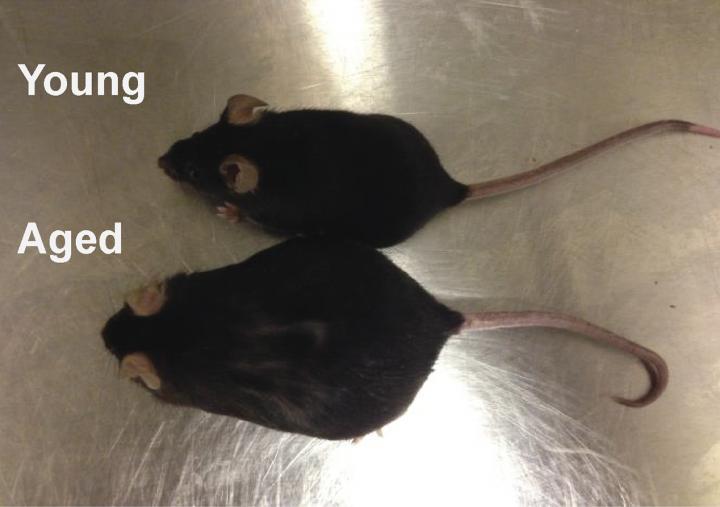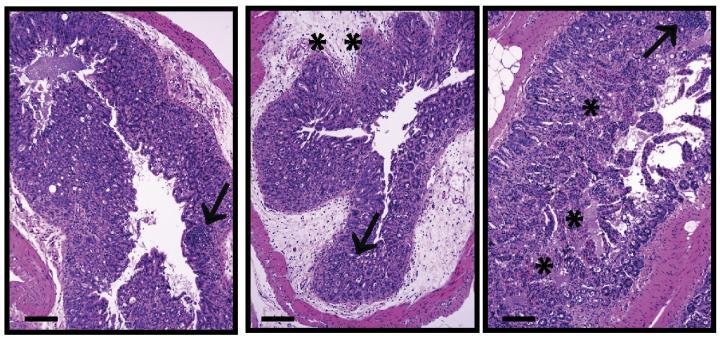Packing on the pounds may lead to dangerous inflammation in response to anti-cancer treatment, according to a study by William Murphy and colleages at UC Davis. The study, published in The Journal of Experimental Medicine, shows that overweight mice develop lethal inflammation in response to certain anti-cancer therapies, suggesting a possible link between body weight and adverse side effects in cancer patients treated with similar protocols.
Cancer treatment has been revolutionized by new approaches aimed at stimulating the body's own immune system to fight off tumor cells. These "immunotherapy" approaches have proven successful in many types of cancer, but they are also associated with dangerous inflammation in some patients. This group had previously shown that treating mice with a combination of immune-activating stimuli—anti-CD40 antibodies and interleukin (IL)-2—stimulates tumor-fighting immune cells to eradicate cancer in young mice. In old mice, however, the same treatment triggered deadly inflammation.

New research suggests that the accumulation of fat in older mice, as displayed here, is responsible for their increased susceptibility to deadly inflammation in response to anti-cancer immunotherapy.
(Photo Credit: Mirsoian et al, 2014)
As with humans, mice often accumulate fat as they age. Murphy's group now finds that lethal inflammation in response to anti-CD40/IL-2 immunotherapy is determined more by fat than age. Like old mice, young, obese mice succumbed to lethal inflammation in response to treatment. And putting older mice on diets protected them. This suggests that the results of preclinical immunotherapy studies in mice and humans—primarily performed on young subjects—should be interpreted with caution, particularly as cancer is a disease that predominately affects the elderly.

Compared with young healthy mice (left), young obese (middle) and older (right) mice had increased organ damage (marked by arrows and asterisks) after anti-cancer immunotherapy.
(Photo Credit: Mirsoian et al, 2014)
Source: Rockefeller University Press